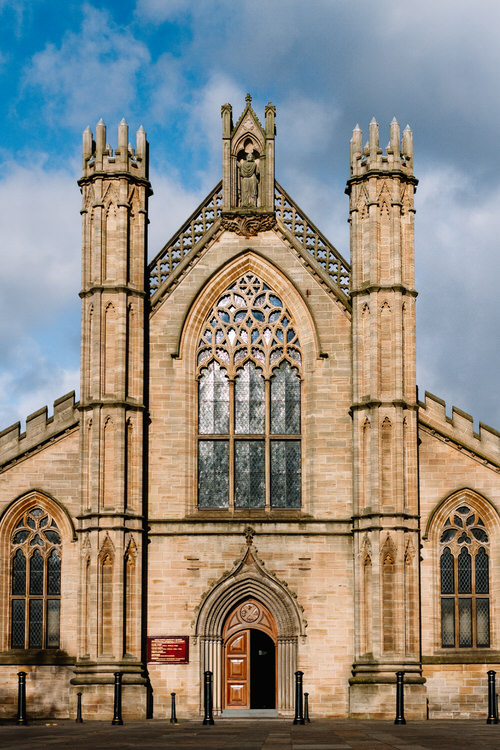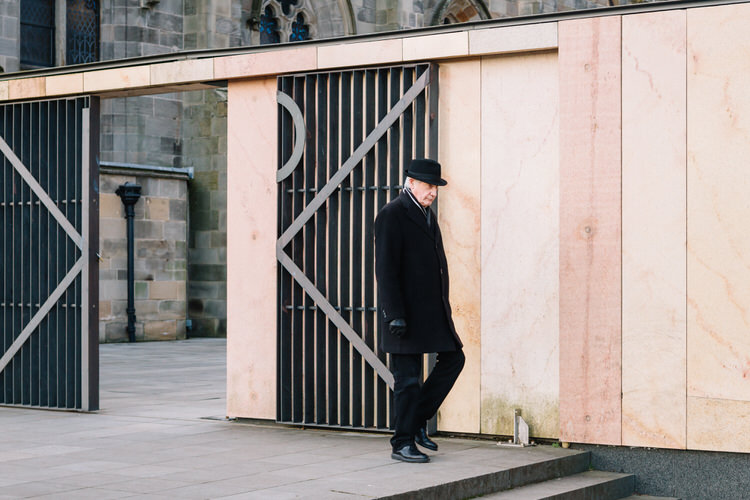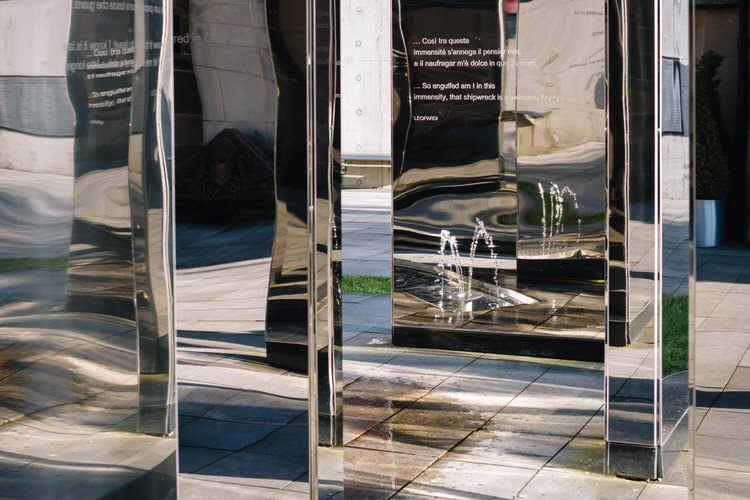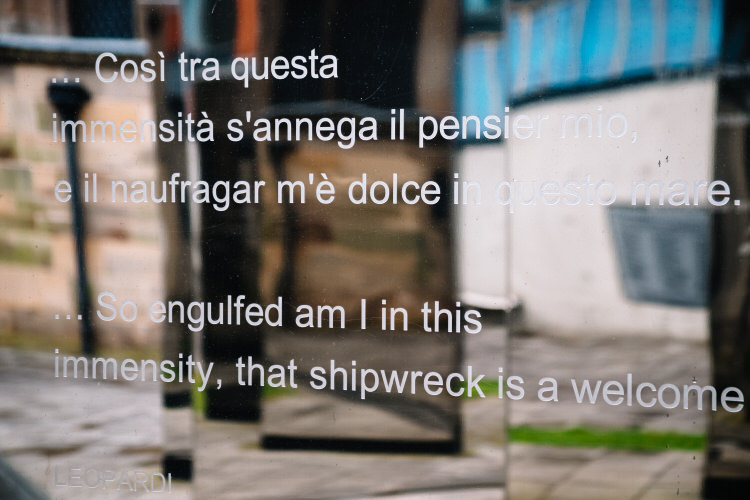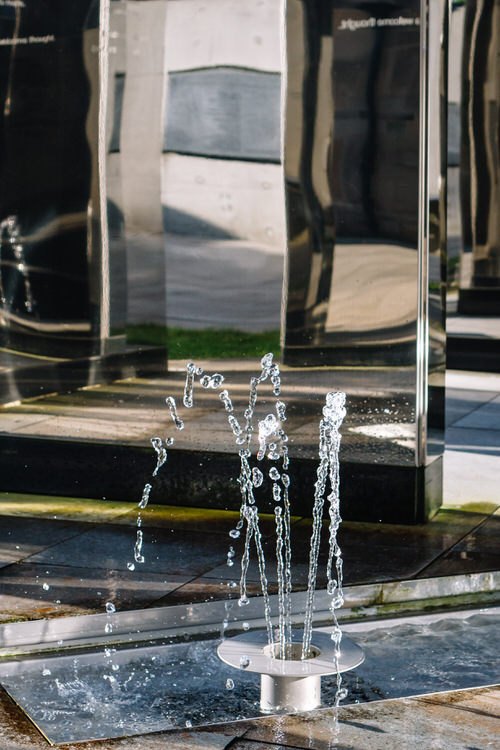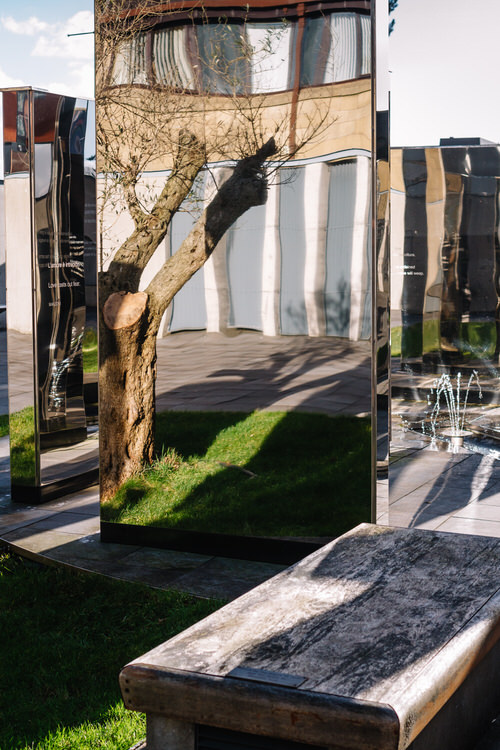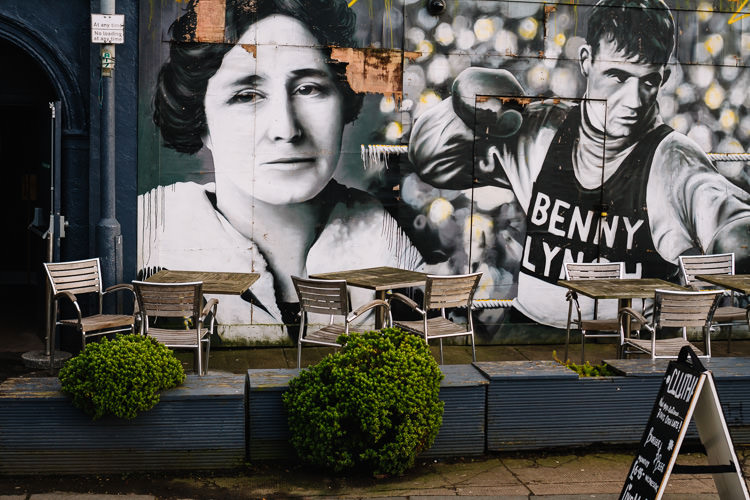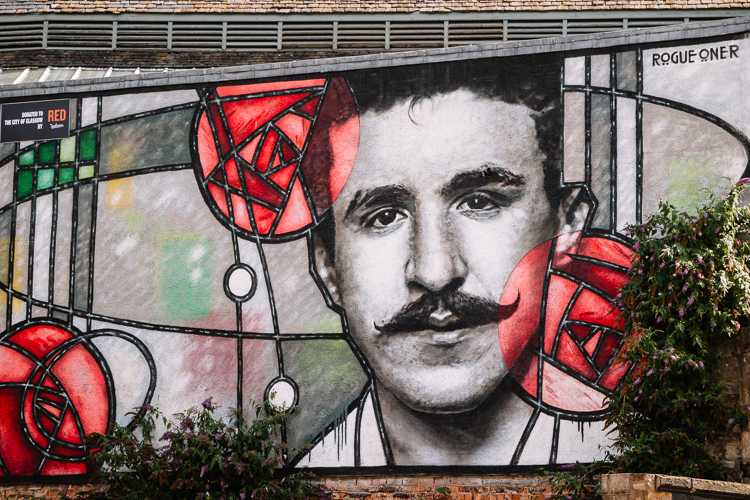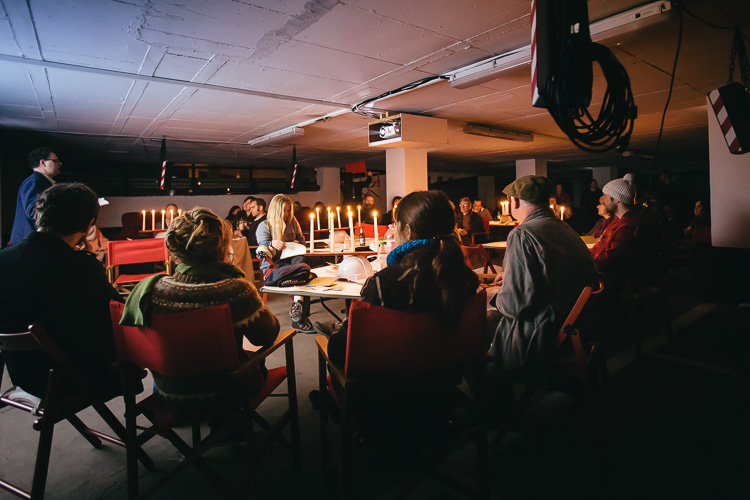There was a wreath-laying ceremony at the Arandora Star Memorial Garden and a mass held at St Andrew’s Cathedral in Glasgow on 2 July, 2020.
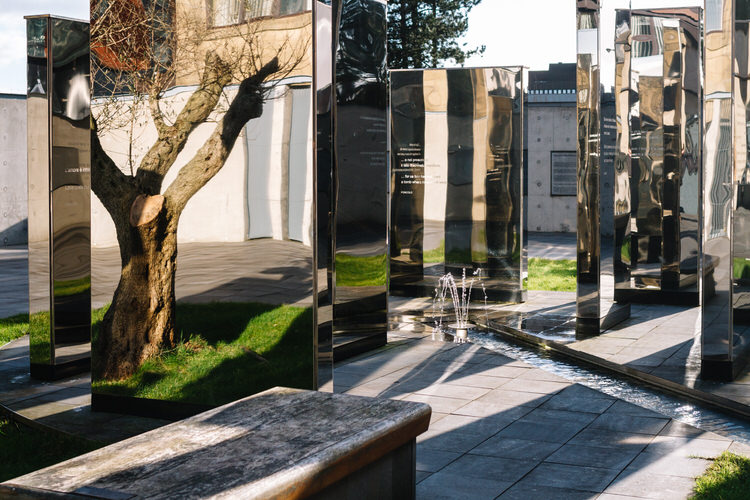
The service ( streamed online due to the lockdown restrictions on public attendance) was to commemorate eighty years since the wartime tragedy when the Arandora Star, a converted passenger liner carrying hundreds of Italian internees and German prisoners of war, was sunk by a German U-boat off Ireland.
After Benito Mussolini declared war on Britain on 10 June, 1940, the decision was made to intern Italian men between the ages of 16 and 80 who were resident in the UK. Reportedly, the Prime Minister Winston Churchill said: “Collar the lot!”
And so some 4300 civilians, who were part of their local British communities for years and whose only crime was being Italian, were put on ships to be deported as soon as possible.
Already on 29 June 1940 the Arandora Star officers and the crew that previously had carried British troops learned that this time their ship was to transport 734 Italian and 479 German internees, as well as 86 German POWs, under a military guard of 200 army men from Liverpool to Canada.
The ship set on her journey unmarked, not even by the Red Cross to reveal her status, and un-escorted, without any convoy. No lifeboat drills were held, so even the crew was not immediately familiar with the ship’s layout, let alone the passengers unaware what to do in emergency. Many of the internees were middle-aged or elderly, and did not know how to swim.
On 2 July 1040 the ship was torpedoed by a German submarine and sunk within 60 minutes. Panic and chaos set among the passengers, who were coaxed to jump to the sea and swim to life-rafts thrown to the side and not to hamper the crew’s effort to lower lifeboats.
While some prisoners climbed down the ladders to get to the lifeboats, many, mostly Italians, clung to the ship waiting for a place in lifeboats. They were afraid to take life-rafts as one captain of the army said that only British people would be allowed on board (however, Third Officer W. H. Tulip ordered to save everyone regardless of their nationality).
The Arandora Star sank into the abyss of the sea, taking 805 people with her, one of whom was her Captain since 1929 who chose to remain on his ship until her death.
100 of those who lost their lives when the ship was sunk were members of Scots-Italian community. But the Arandora Star Memorial Garden, officially opened on 16 May 2011, was created not only in memory of the perished. It had to heal the wound in the the community, in the hearts of their family members left behind and labelled “enemy aliens”, as their Scottish neighbours, with whom they lived for years side by side, suddenly turned their backs on them.
At the memorial opening ceremony Mario Conti, Archbishop of Glasgow (2002-2012), said:
People who suffered the loss of husbands, or fathers, or sons have always carried a sadness over the Arandora Star, but it is not just one of loss, it is also over their rejection from the Scottish community. The memorial garden will recall events and heal memories by acknowledging that it is alright to remember the past and, as in life in general, rise above it.
He also stressed the Arandora Star Memorial Garden celebrated the links between Italy and Scotland and the great contribution the Italian community made to the country. Three years earlier, when encouraging donations for the monument, he promised that “the Cloister Garden will quickly become a much-loved oasis of tranquillity amid the city bustle; a place to come alone or with friends, to reflect, to sit awhile and to remember.” (BargaNews, 2008)
According to Gabriele Papadia de Bottini, the Consul General for Italy for Italy in Scotland,
The garden was an opportunity to forgive, but not to forget. These things happen in war. It is a question of having a constructive approach in remembering the tragedy, as it is important to stay in touch with the past.
Since the places of worship are currently shut to the public in Scotland, the photos in this post were taken on my earlier visit to the Arandora Star Memorial Garden, also known as the Italian Cloister Garden.
It is an amazing urban space in the heart of Glasgow, peaceful and serene, designes as a place for memory and reflection. An enclosed garden adjacent to St Andrew’s Cathedral on Clude Street, its walls are graced by the plaques holding the names of the Arandora Star tragedy victims, as well as people who contributed funds toward the monument’s creation and the history of the Glasgow Roman Catholic diocese.
The focal point of the garden is a monument designed by Roman architect Maria Giulia Chiarini Testa. The large vertical plinths made of stainless steel bear engraved inscriptions from the Gospel and Italian poets with messages of life and hope. The mirror-like blocks surround a water feature, a small fountain and a shallow trough carrying the shimmering stream.
The garden realises Giulia Chiarini’s idea of a “living memorial.” The architect spoke of “an ‘interactive’ experience in which the visitor would feel some of the bewilderment and confusion of the victims of the Arandora Star tragedy and their families.” (Church woven into fabric of our nation – SCO News, 2020)
The 200-year old olive tree, gifted by the people of Tuscany as a token of peace and reconciliation, is mirrored in the plinths, and on a sunny day you can see incredibly dramatic reflections cast onto the grass and pavement below. You can enjoy a restful seating area listening to the sounds of the running stream or wander amidst the labyrinth of mirrors and reflections and reading the engraved verses.
